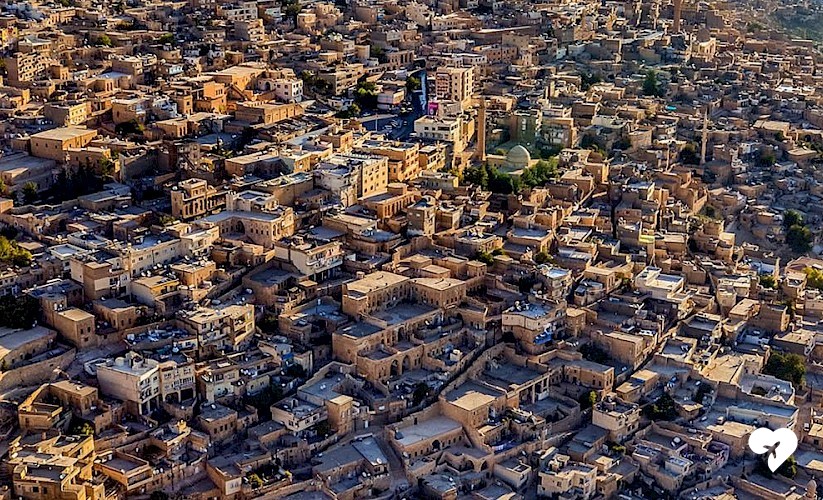Mardin is one of the few cities in the world wherein the entire city has been declared a UNESCO World Heritage Site. This is because just about every inch of the city oozes history and culture, and these lands along the Tigris River have been the crossroads of civilizations since the dawn of civilization itself.
But it makes sense, the entire city is essentially an open-air museum. Most of the city’s buildings use beige colored limestone rock which has been mined for centuries in local quarries.
The city’s history goes back at least until the 14th century B.C., when it was an important spot in the Middle Assyrian Empire and known as Izala, its Persian name. It’s been more or less continuously a cultural hub of the region, and there are traces in the city from Muslim, Syriac, Yakubi, Chaldean, Nesturi, Yezidi, Jewish, Kurdish, Arab, Chechen, Armenian influences, as well as many more obscure religions and ethnicities.
So when you go what should you see? Here’s a few of the sites in Mardin waiting for you when you visit.
.jpg)
Mor Hananyo Monastery
Officially called the Cayro d-Mor Hananyo Monastery, this Syrica Orthodox Monastery is still practicing and is actually located 3 kilometers south of the city in a region known as Tur Abdin. It’s also called the “Saffron Monastery” due to the warm colors of the stone used to build it.
The monastery dates back to the 5th century A.D. It was renovated in the 8th century and its name derives from then. The monastery is massive, with 365 rooms – one for each day of the year (no, they don’t build another room into the monastery for leap years.
